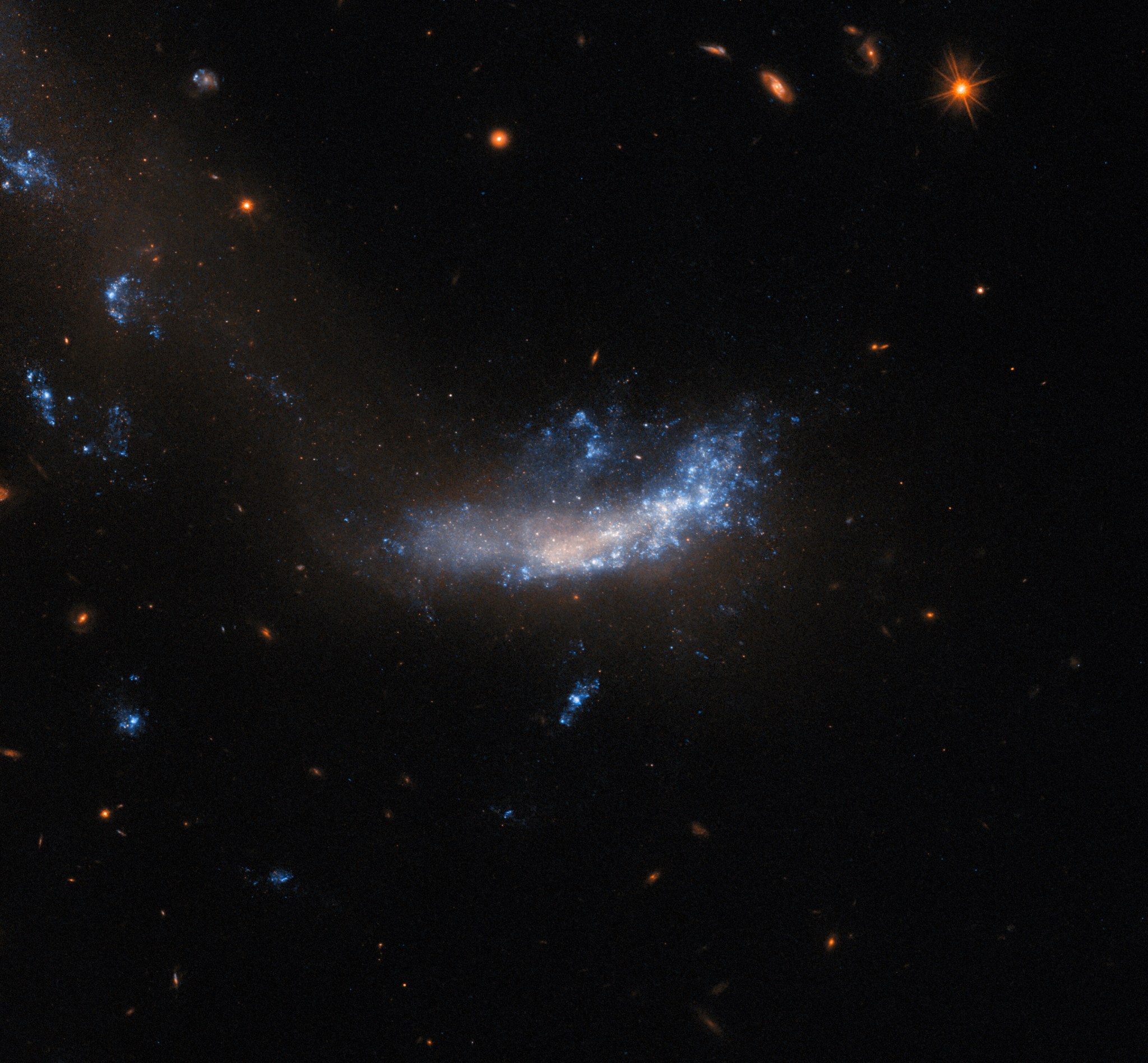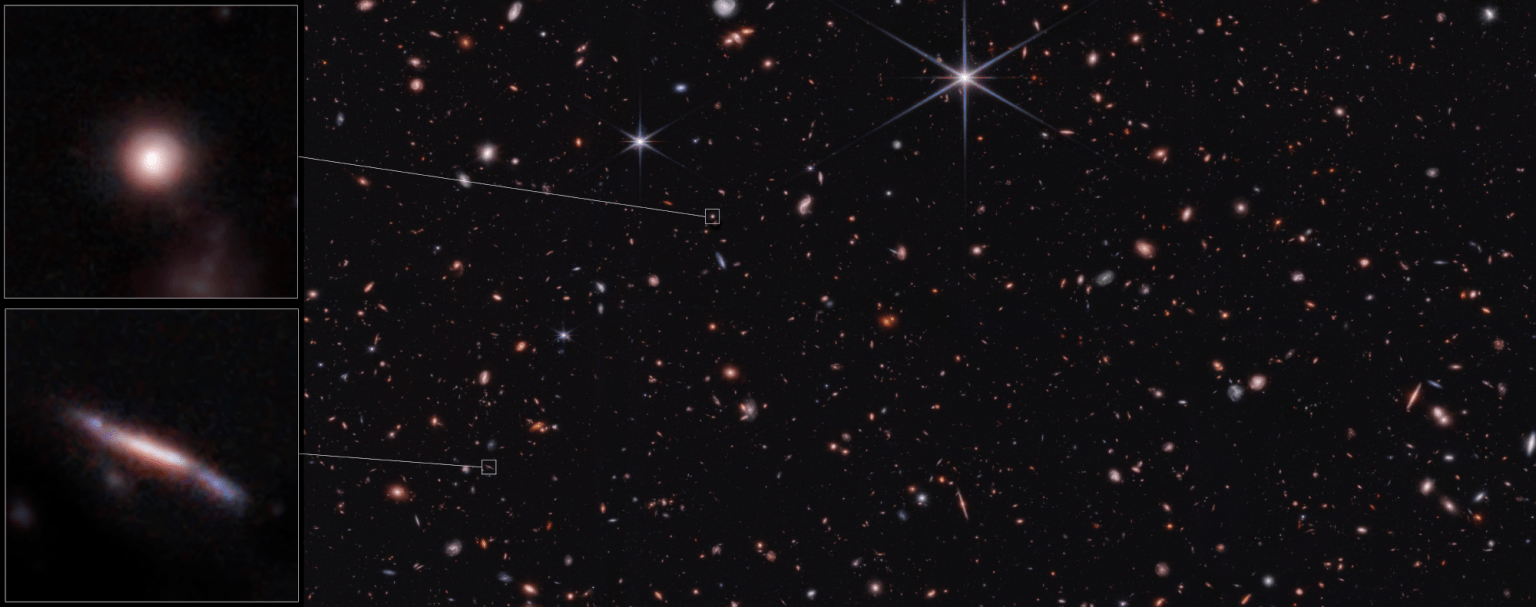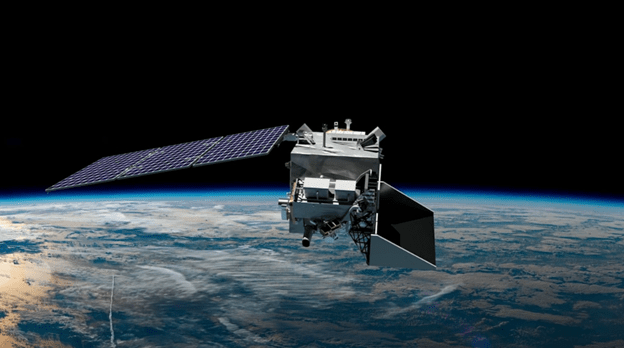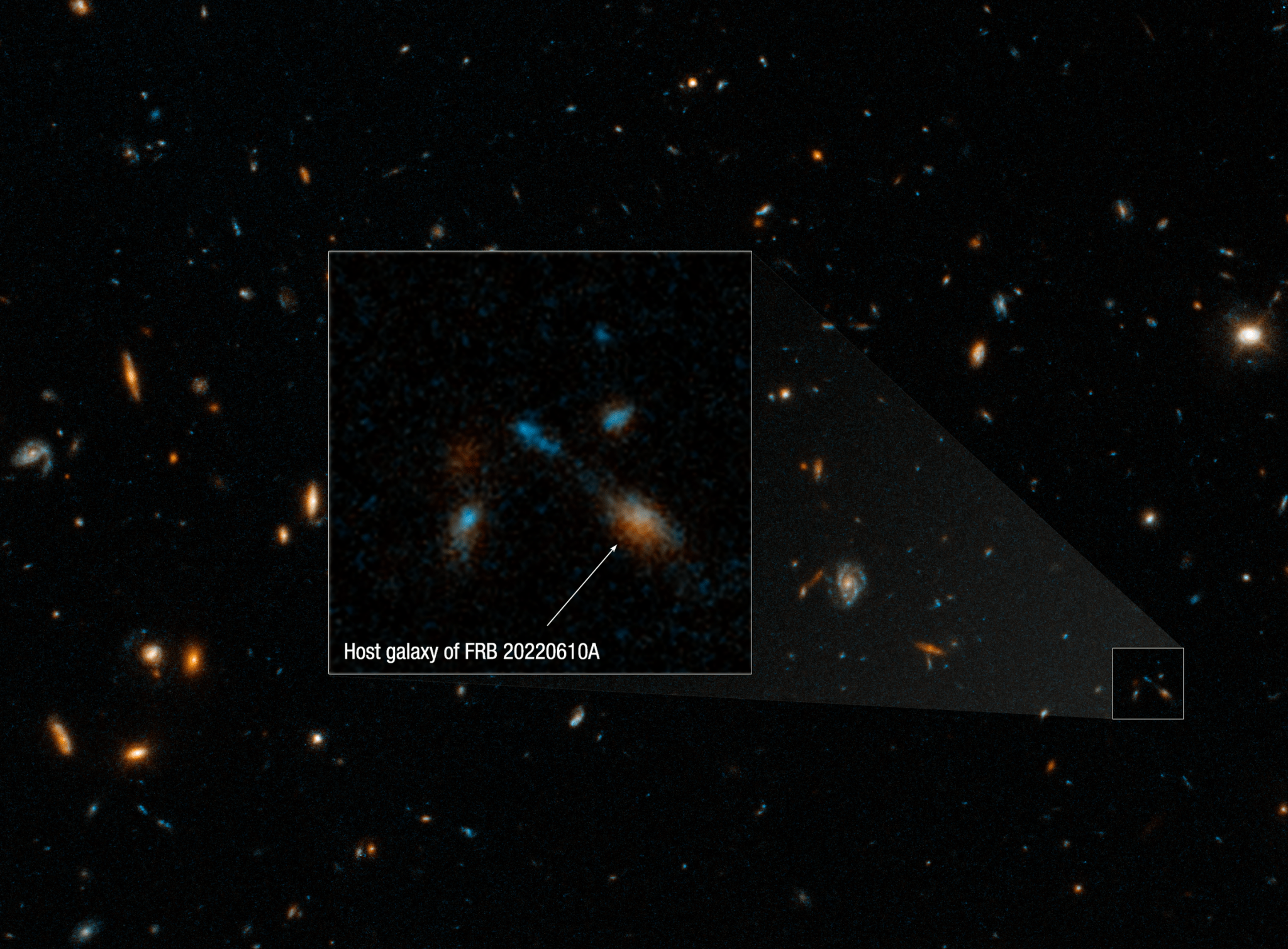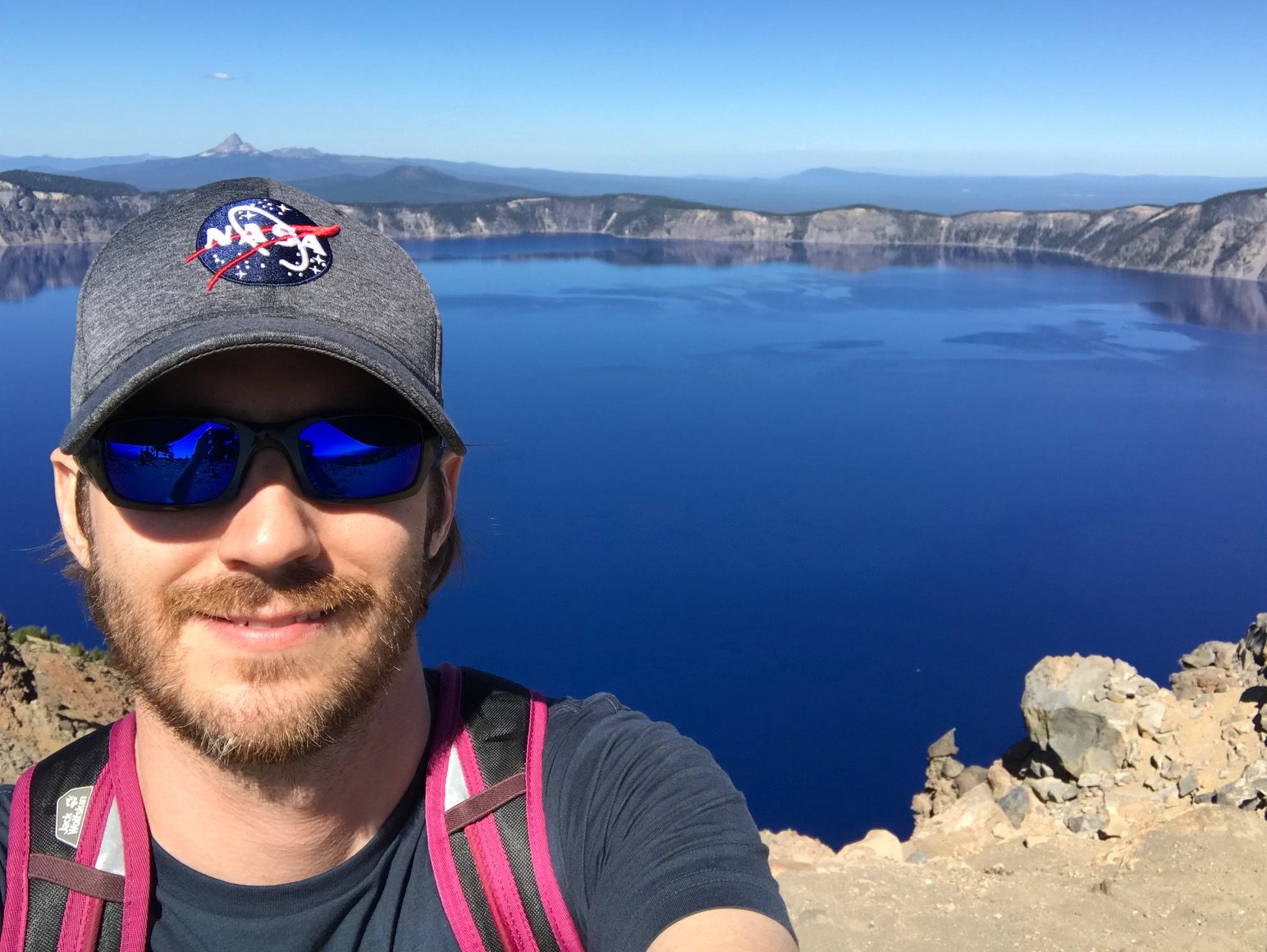2 min read Hubble Views a Galactic Supernova Site This NASA Hubble Space Telescope image is of the small galaxy known as UGC 5189A. ESA/Hubble & NASA, A. Filippenko This image features a relatively small galaxy known as UGC 5189A, which is located about 150 million light-years away in the constellation Leo. This galaxy was observed by the NASA/ESA Hubble Space Telescope to study a supernova explosion in 2010 known as SN 2010jl. This particular supernova is notable because it was an exceptionally luminous supernova event. In fact, over a period of three years,…
Read MoreTag: Goddard Space Flight Center
Webb Shows Many Early Galaxies Looked Like Pool Noodles, Surfboards
5 Min Read Webb Shows Many Early Galaxies Looked Like Pool Noodles, Surfboards Researchers are analyzing distant galaxies when the universe was only 600 million to 6 billion years old. Credits: NASA, ESA, CSA, Steve Finkelstein (UT Austin), Micaela Bagley (UT Austin), Rebecca Larson (UT Austin) Researchers analyzing images from NASA’s James Webb Space Telescope have found that galaxies in the early universe are often flat and elongated, like surfboards and pool noodles – and are rarely round, like volleyballs or frisbees. “Roughly 50 to 80% of the galaxies we…
Read MoreEl análisis de la NASA confirma que 2023 fue el año más cálido registrado
Este mapa de la Tierra en 2023 muestra las anomalías de la temperatura global de la superficie, es decir, cuánto más cálida o más fría estuvo cada región del planeta en comparación con el promedio del período de 1951 a 1980. Las temperaturas normales se muestran en blanco, las superiores a las normales en rojo y naranja, y las inferiores a las normales en azul. Una versión animada de este mapa muestra la evolución de las anomalías de la temperatura global a lo largo del tiempo, desde 1880. Descarga esta…
Read MoreNASA Analysis Confirms 2023 as Warmest Year on Record
This map of Earth in 2023 shows global surface temperature anomalies, or how much warmer or cooler each region of the planet was compared to the average from 1951 to 1980. Normal temperatures are shown in white, higher-than-normal temperatures in red and orange, and lower-than-normal temperatures in blue. An animated version of this map shows global temperature anomalies changing over time, dating back to 1880. Download this visualization from NASA Goddard’s Scientific Visualization Studio: https://svsdev.gsfc.nasa.gov/5207. NASA’s Scientific Visualization Studio Lee esta nota de prensa en español aquí. Earth’s average surface temperature…
Read MoreNASA to Brief Media on Climate Mission to Study Ocean Life, Air
NASA’s PACE (Plankton, Aerosol, Cloud, ocean Ecosystem) mission, seen here in an artist’s concept, is scheduled to launch no earlier than Feb. 6, 2024, to study Earth’s oceans, atmosphere, and climate. NASA/Conceptual Image Laboratory NASA will host a media teleconference at 12 p.m. EST, Wednesday, Jan. 17, to discuss the upcoming launch and science objectives of the agency’s PACE (Plankton, Aerosol, Cloud, ocean Ecosystem) mission. Once in orbit above Earth, the satellite will shed light on the impact of tiny things – microscopic life in water and microscopic particles in…
Read MoreHubble Finds Weird Home of Farthest Fast Radio Burst
5 min read Hubble Finds Weird Home of Farthest Fast Radio Burst A NASA Hubble Space Telescope image of the host galaxy of an exceptionally powerful fast radio burst, FRB 20220610A. Hubble’s sensitivity and sharpness reveals a compact group of multiple galaxies that may be in the process of merging. They existed when the universe was only 5 billion years old. FRB 20220610A was first detected on June 10, 2022, by the Australian Square Kilometer Array Pathfinder (ASKAP) radio telescope in Western Australia. The European Southern Observatory’s Very Large Telescope…
Read MoreFunding Future Tech: NASA Names 2024 Innovative Concept Studies
A collage of illustrations highlighting the novel concepts proposed by the 2024 NIAC Phase I awardees. Credit: clockwise, from upper right: Steven Benner, Beijia Zhang, Matthew McQuinn, Alvaro Romero-Calvo, Thomas M. Eubanks, Kenneth Carpenter, James Bickford, Alvaro Romero-Calvo, Peter Cabauy, Geoffrey Landis, Lynn Rothschild, and Ge-Cheng Zha. NASA NASA selected the 2024 Phase I awardees for its program to fund ideas that could innovate for the benefit of all and transform future agency missions. From proposals to explore low Earth orbit to the stars, the 13 concepts chosen stem from…
Read MoreJoshua Schlieder: Feet on the Ground, Head in the Stars
8 min read Preparations for Next Moonwalk Simulations Underway (and Underwater) Name: Joshua Schlieder Title: Wide Field Instrument Scientist for the Nancy Grace Roman Space Telescope and Operations Project Scientist for the Neil Gehrels Swift Observatory Formal Job Classification: Research Astrophysicist Organization: Stellar Astrophysics and Exoplanets Laboratory, Astrophysics Division, Sciences and Exploration Directorate (Code 667) Joshua Schlieder is the Wide Field Instrument scientist for NASA’s Nancy Grace Roman Space Telescope. “I am never bored (but sometimes stressed),” he said. “Every day is a new adventure.” Courtesy of Joshua Schlieder What…
Read MoreNASA’s Juno to Get Close Look at Jupiter’s Volcanic Moon Io on Dec. 30
This image revealing the north polar region of the Jovian moon Io was taken on October 15 by NASA’s Juno. Three of the mountain peaks visible in the upper part of image, near the day-night dividing line, were observed here for the first time by the spacecraft’s JunoCam. Image data: NASA/JPL-Caltech/SwRI/MSSS, Image processing by Ted Stryk The orbiter has performed 56 flybys of Jupiter and documented close encounters with three of the gas giant’s four largest moons. NASA’s Juno spacecraft will on Saturday, Dec. 30, make the closest flyby of…
Read MoreA Look Through Time with NASA’s Lead Photographer for the James Webb Space Telescope
2 Min Read A Look Through Time with NASA’s Lead Photographer for the James Webb Space Telescope This self portrait of Chris Gunn, standing in front of NASA’s James Webb Space Telescope from inside the Goddard Space Flight Center cleanroom, was captured November 10, 2016. Credits: NASA/Chris Gunn Nearly two years ago in the early morning hours of Dec. 25, NASA’s James Webb Space Telescope successfully took flight from the jungle-encircled ELA-3 launch complex at Europe’s Spaceport near Kourou, French Guiana. Following a successful deployment in space, and the precise…
Read More